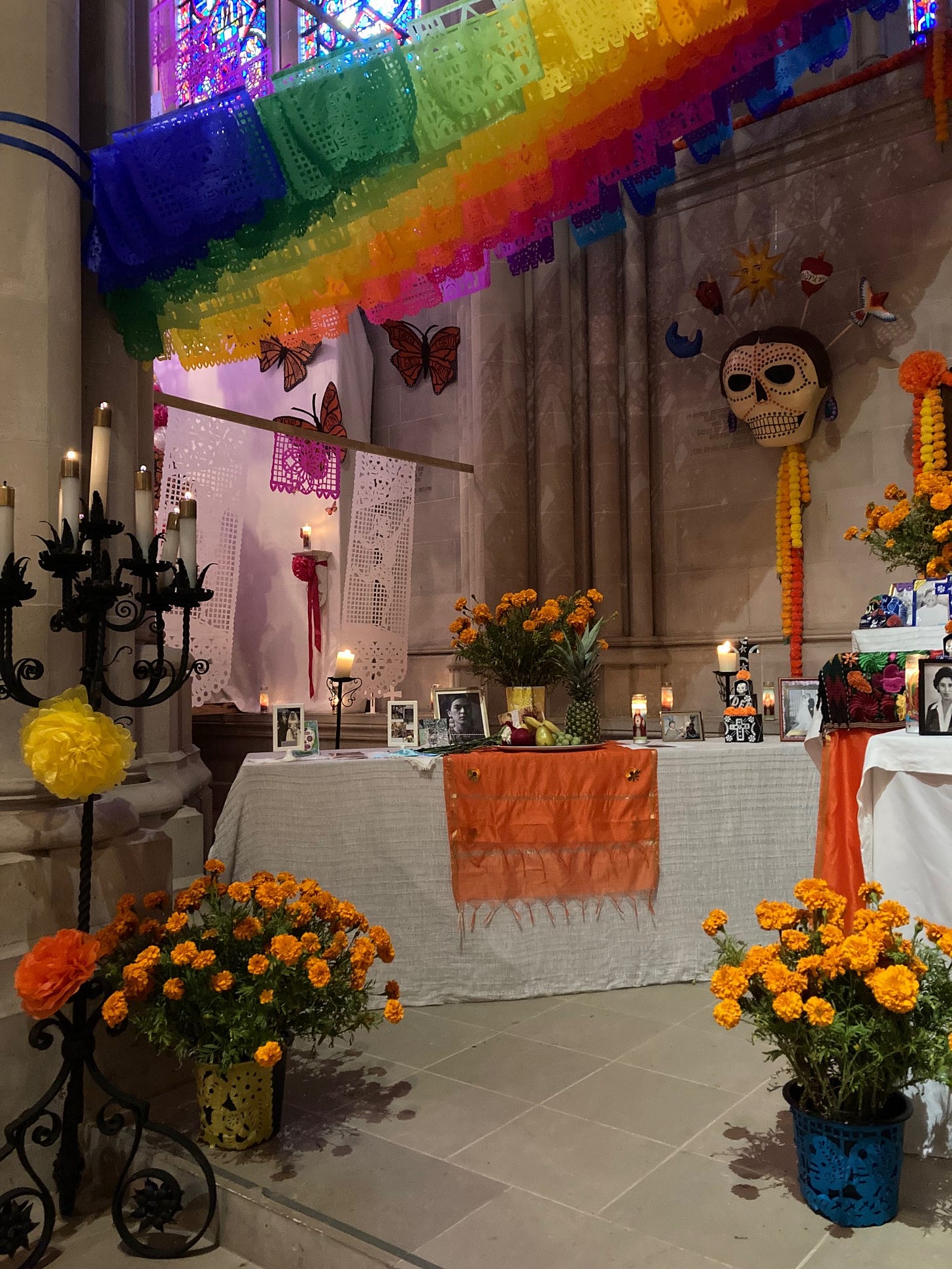The Secret Life Of Objects
Things that make us feel at home
Recently, I rented a house in Mendocino, a charming, old coastal town in California. My siblings were visiting from Austria, and I wanted a special getaway, where we could spend a couple of nights together.
The moment I opened the door to the house, I felt an immediate sense of belonging. No IKEA furnishings in sight—I could have moved in as is. The decor was perfectly imperfect, a mix of styles that came together, creating a warm atmosphere. Even before I learned that this was one of the original houses in town, built in 1883, I sensed layers of memories woven into its very fabric. From the well-placed, well-worn reading chairs and sofas in the living room to the driftwood benches that resembled creatures in the backyard, the house and garden told stories of their own.
In my work, I lead a workshop aimed at helping people make their homes allies in healthy aging. A common obstacle we discuss is how clutter often hinders our ability to feel at home, to invite friends over, and to find space for what truly matters to us. While experts often emphasize the importance of an environment that’s accessible and functional in later life, this vacation rental reminded me that a home should also be a storyteller. Perhaps we need another criterion for curating our belongings: Does this object hold a meaningful memory or contribute to the story my home tells?
As we approach Día de los Muertos, I've been reflecting on how the people in my life have left their mark on my home through the things they’ve gifted or passed down to me. I'm not just talking about photographs, though those can also evoke a flood of memories. I’m reminded of a trunk from my family home in Austria that my mom shipped to me more than 30 years ago or the red chest of drawers my dear friend Jean, my first landlady in the Bay Area, gave me. Then there are all the items, gifts from friends and family, who are now distant, either geographically or emotionally—that beautiful vase or the cozy cardigan from my friend in Greece. Each piece bears witness to how our lives intertwined.
However, sometimes these memory-laden objects can feel burdensome rather than delightful, especially for the next generation which might inherit them. Some items may not withstand the test of time; their next owners might not relate to them, necessitating a new journey for these pieces. In such cases, it might be best to pass them along to someone who can forge new memories with them. Alternatively, some things may find fresh life in public spaces, allowing others to engage with their stories. For example, a participant in one of my workshops decorated an altar for Día de los Muertos at her church using an intricately woven shawl she inherited from her mother—making an ofrenda or offering.
In the end, our homes are filled with echoes of the people in our lives. Through the furnishings and objects we choose to keep, their stories continue to resonate. Even in the spaces we enter as strangers, unaware of the memories preserved within those walls, they create a sense of home.




I completely agree Susi, our home, like our life, forms through and around us. I have found as I edge closer to eighty that I do not want to leave an unsorted life to those who inherit my small world. And when you are childless, the photographs, the letters and the objects that tell a sliver of your life will be dispersed, discarded or stored and forgotten. That is how it has to be; that is how it always has been. To quote G. K. Chesterton: "The way to love anything is to realise that it may be lost."
Spot on, Susi! If we all followed the downsizing trolls, we might as well live in hotel rooms. That doesn't mean hoarding, just surrounding oneself with one's life as we're still living it.
Lynette Evans